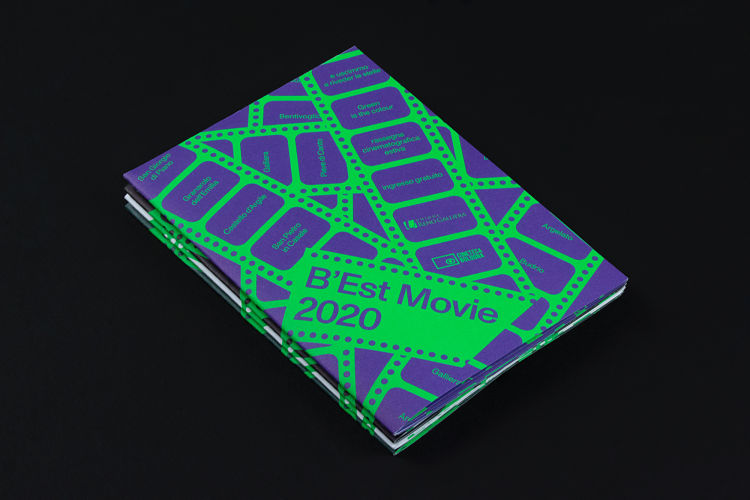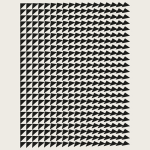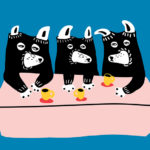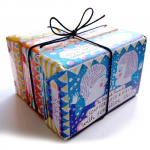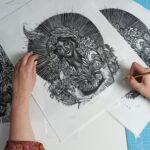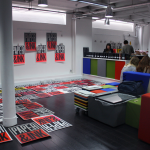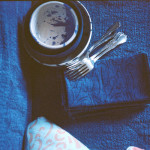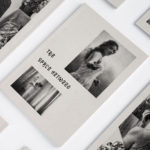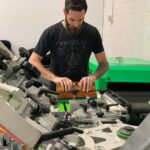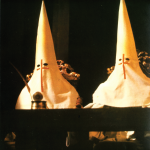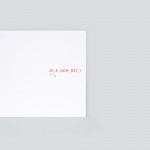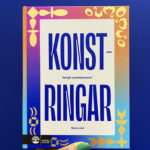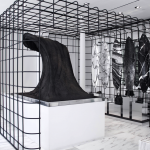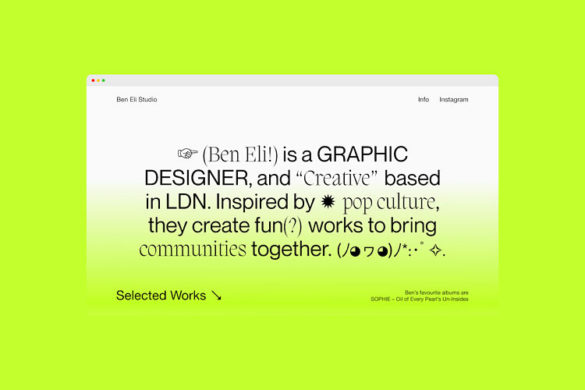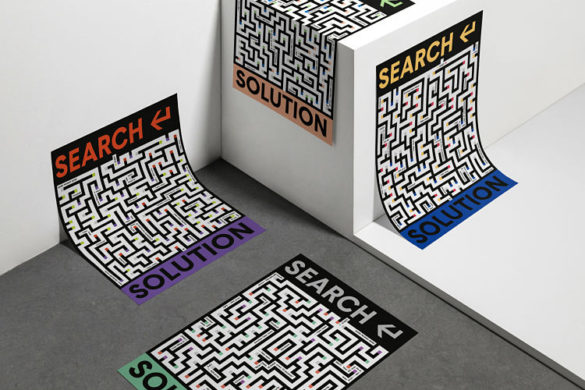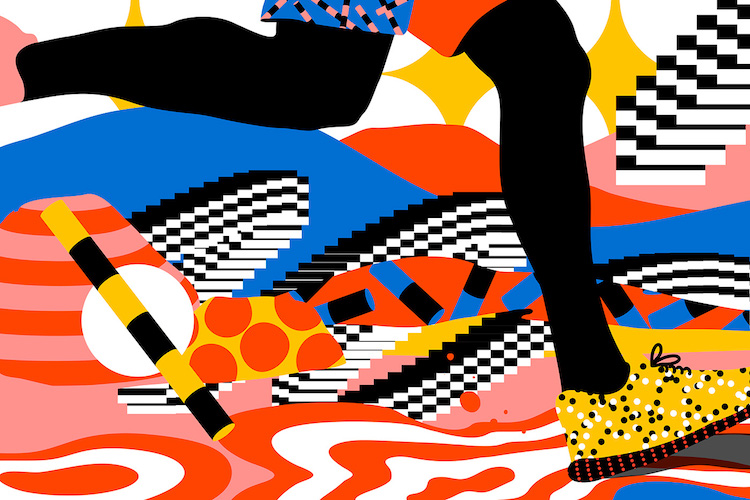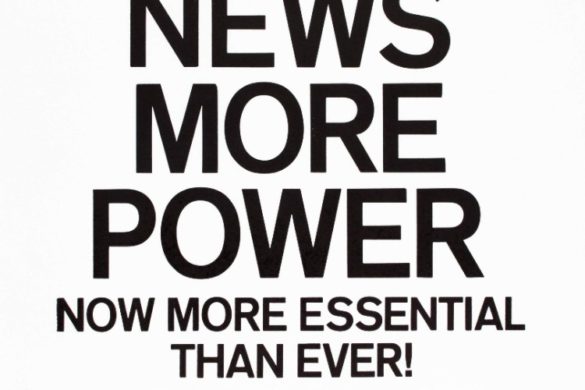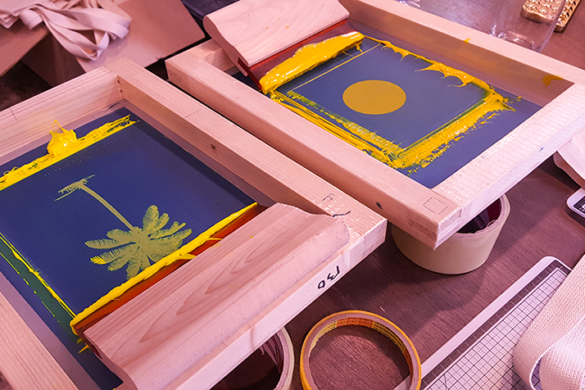Andrea Guccini describes his eponymous studio as “very fluid”. It sums up both how they work and what they work on, as well as the actual number of people working at the Bologna and Milan-based communication design studio, which was founded in 2018. Guccini, who lives and works from Bologna, mainly collaborates with Milan-based Giulia Bardelli and Michele Pastore, also in Bologna, bringing in other team members and interns as and when projects demand it. No matter who he’s working with though, Guccini says the most important things to any creative working relationship are “respect, patience, admiration and organisation… to make it really work as a studio you must have fun together.”
So why did he feel the need to set up a studio under his name, rather than carry on solo?
“Everything is more beautiful if you are not alone!” he says. “Besides such a romantic reason, there are practical motivations as well: the management of the amount of work, the different and complementary skills, the background…” Crucially, he reckons it gives a more “reliable and trustworthy” image to clients, too, if they see you as a studio rather than a lone entity.
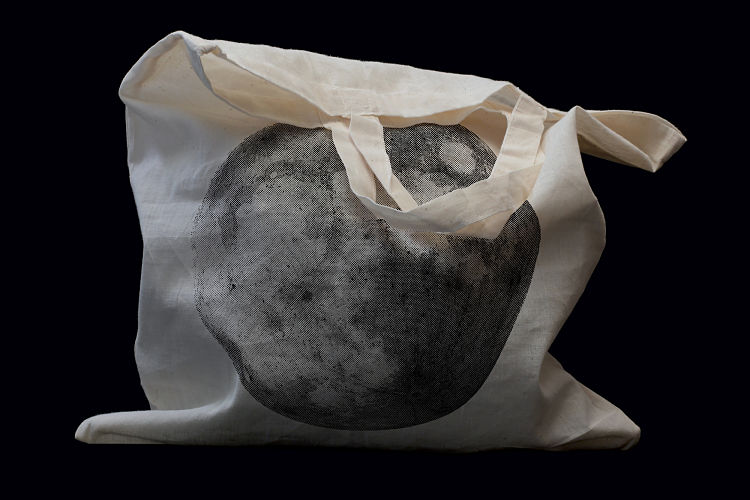
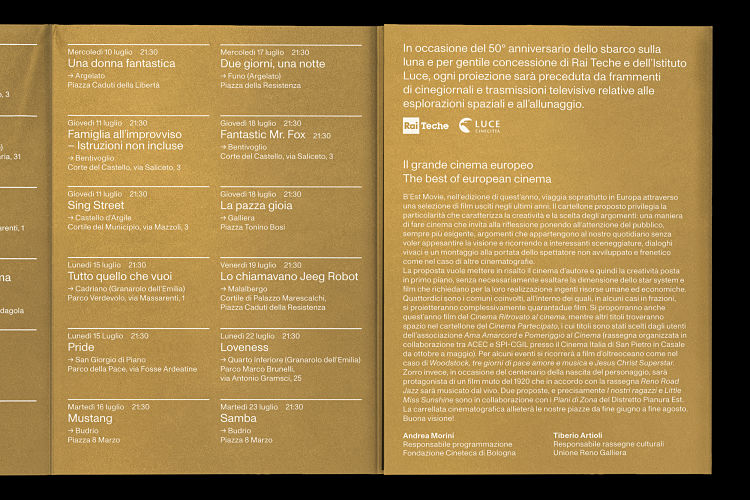 Client interaction has been something that it sounds as though Guccini, like many others, has struggled with during lockdown: “I’ve learned that it’s way more simple to find new clients drinking a beer in a bar than sending emails and sharing beautiful pictures on social media.” More broadly speaking, he’s found that the only other downside to heading up a studio is the “money management. You must know that in Italy we have a huge problem with bureaucracy, which is very convoluted. So, if you want to open a new business, you have to become a kind of business consultant, which is time consuming.”
Client interaction has been something that it sounds as though Guccini, like many others, has struggled with during lockdown: “I’ve learned that it’s way more simple to find new clients drinking a beer in a bar than sending emails and sharing beautiful pictures on social media.” More broadly speaking, he’s found that the only other downside to heading up a studio is the “money management. You must know that in Italy we have a huge problem with bureaucracy, which is very convoluted. So, if you want to open a new business, you have to become a kind of business consultant, which is time consuming.”
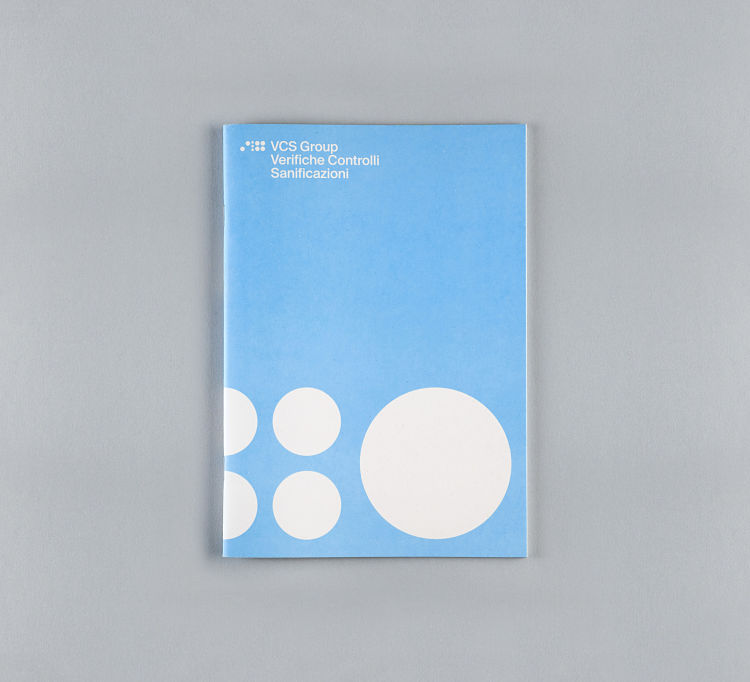
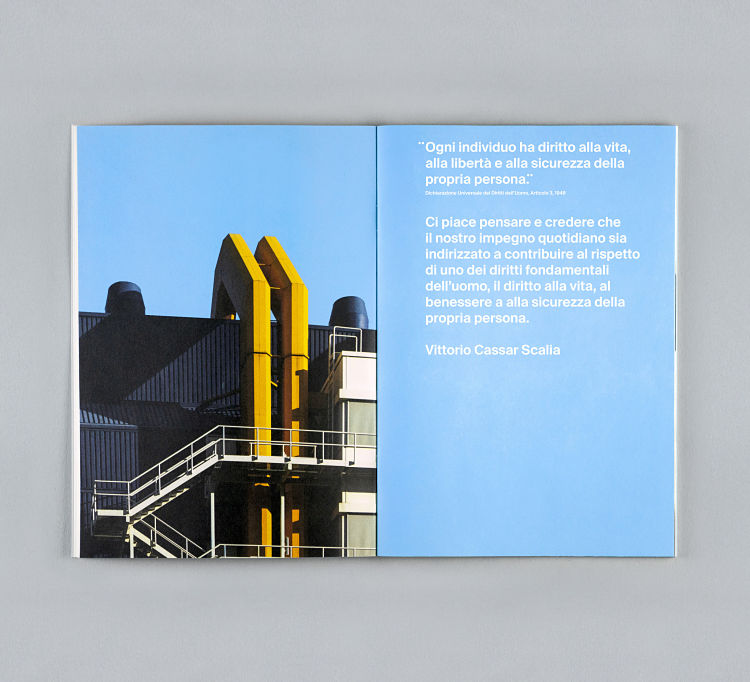 His studio works across a breadth of disciplines and sectors, including branding, visual identities, web design, web development, editorial design, motion design, signage systems, social strategy, content creation and “experimental research” (we’re not sure what that entails, but it sounds exciting. “Now, if I have to be totally honest, of course I can’t say I love to plan a social strategy as much as I love to create a book or to give birth to a new brand or to design a website,” he says, adding that his style is aligned with the views of the “original” modernists in graphic design, like Josef Müller-Brockmann, he says that in his work, “the most important things in a layout are hierarchy, contrasts and rhythm. If you are able to manage these three elements you can design tension, impact, order, calm etc. But this is just a background, a personal taste, as you can see we love to change and take the best from each client… we want to be both professional and very human.”
His studio works across a breadth of disciplines and sectors, including branding, visual identities, web design, web development, editorial design, motion design, signage systems, social strategy, content creation and “experimental research” (we’re not sure what that entails, but it sounds exciting. “Now, if I have to be totally honest, of course I can’t say I love to plan a social strategy as much as I love to create a book or to give birth to a new brand or to design a website,” he says, adding that his style is aligned with the views of the “original” modernists in graphic design, like Josef Müller-Brockmann, he says that in his work, “the most important things in a layout are hierarchy, contrasts and rhythm. If you are able to manage these three elements you can design tension, impact, order, calm etc. But this is just a background, a personal taste, as you can see we love to change and take the best from each client… we want to be both professional and very human.”
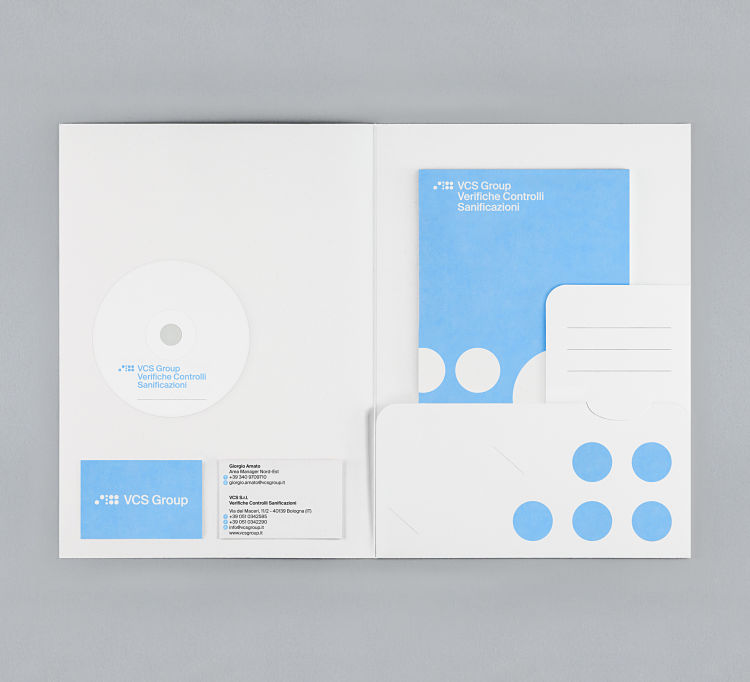
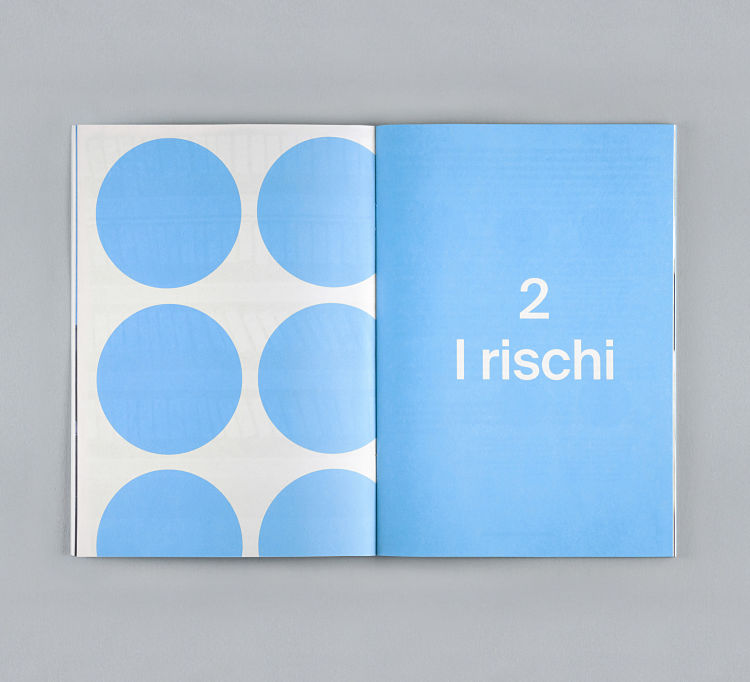 The approach seems to work: Andrea Guccini Studio has produced some beautiful work that’s as varied as programme, motion and identity design for B’Est Film Festival, architecture catalogues, publications, exhibition designs, and a range of clothing. “We want to be that kind of studio which is able to work in every field,” says Guccini.
The approach seems to work: Andrea Guccini Studio has produced some beautiful work that’s as varied as programme, motion and identity design for B’Est Film Festival, architecture catalogues, publications, exhibition designs, and a range of clothing. “We want to be that kind of studio which is able to work in every field,” says Guccini.
“We really love to alternate a cultural client with a commercial one. We appreciate studios like Pentagram and Studio Dumbar since they have no limits talking about client selection: commercial companies, cultural institutions, football clubs, public entities etc. We take it as a challenge.”
One thing he’s yet to work on, but would like to, is designing an election campaign—”I guess it would be something extremely challenging and stimulating.” He adds, “ I’d personally like to have more no-profit and healthcare clients, to make me feel more useful for the society. I’d gladly work more in the field of advanced technologies as well. Oh, another thing we all would love is to create the brand identity of a football team.”
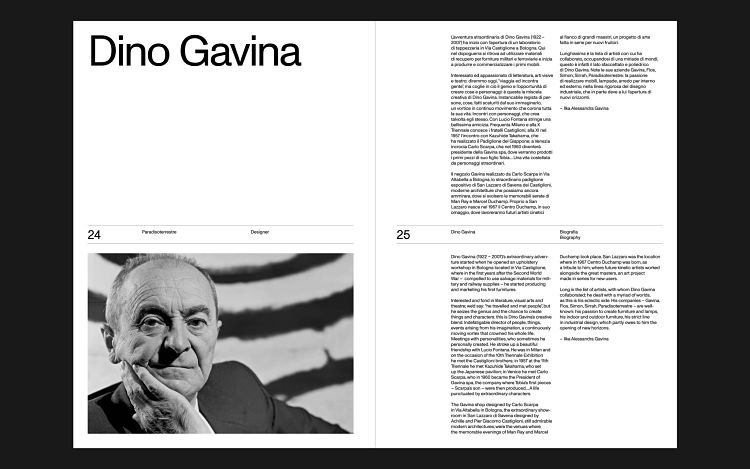
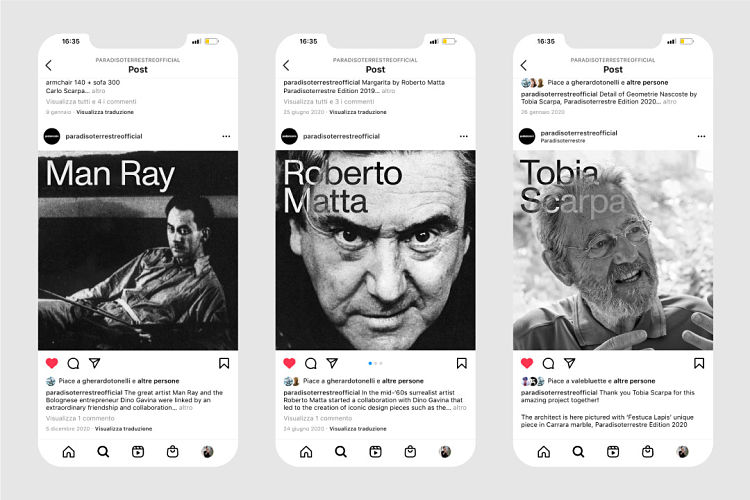 Over the last year, the studio’s been working with historical design brand Paradisoterrestre, founded in Bologna in 1983 by Dino Gavina. “It’s so exciting to deal with incredible products created by some of the most important designers in history like Achille and Pier Giacomo Castiglioni, Carlo and Tobia Scarpa, Giacomo Balla, Enzo Mari, Marcel Breuer, Ignazio Gardella, Man Ray…” says Guccini. The team left the historical logo alone, but redesigned the rest of the brand identity, including the website, catalogue (which received the Certificate of Typographic Excellence from the Type Directors Club), individual exhibition identities, stationery, social assets, signage and animations). The team also designed and built a secondary digital space for Paradisoterrestre which showcases future and past exhibitions—even during lockdown.
Over the last year, the studio’s been working with historical design brand Paradisoterrestre, founded in Bologna in 1983 by Dino Gavina. “It’s so exciting to deal with incredible products created by some of the most important designers in history like Achille and Pier Giacomo Castiglioni, Carlo and Tobia Scarpa, Giacomo Balla, Enzo Mari, Marcel Breuer, Ignazio Gardella, Man Ray…” says Guccini. The team left the historical logo alone, but redesigned the rest of the brand identity, including the website, catalogue (which received the Certificate of Typographic Excellence from the Type Directors Club), individual exhibition identities, stationery, social assets, signage and animations). The team also designed and built a secondary digital space for Paradisoterrestre which showcases future and past exhibitions—even during lockdown.
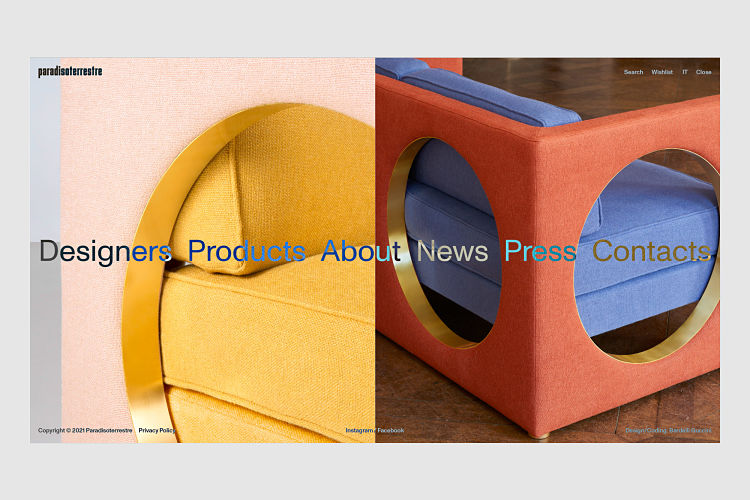 A client that the studio has maintained since founding is the B’Est Movie summer film festival, which is organised by Cineteca di Bologna and Unione Reno-Galliera. “This is the fifth year we run its identity and communication and we’re so fond of it. Cineteca di Bologna is one of the most important film archives in the world: it’s a producer, a great restorer, it’s a cinema, it’s a library, it’s an institution of the Bolognese and Italian territory of which we are very proud,” says Guccini. “We love cinema and we love our territory, so this project makes us always very happy.”
A client that the studio has maintained since founding is the B’Est Movie summer film festival, which is organised by Cineteca di Bologna and Unione Reno-Galliera. “This is the fifth year we run its identity and communication and we’re so fond of it. Cineteca di Bologna is one of the most important film archives in the world: it’s a producer, a great restorer, it’s a cinema, it’s a library, it’s an institution of the Bolognese and Italian territory of which we are very proud,” says Guccini. “We love cinema and we love our territory, so this project makes us always very happy.”
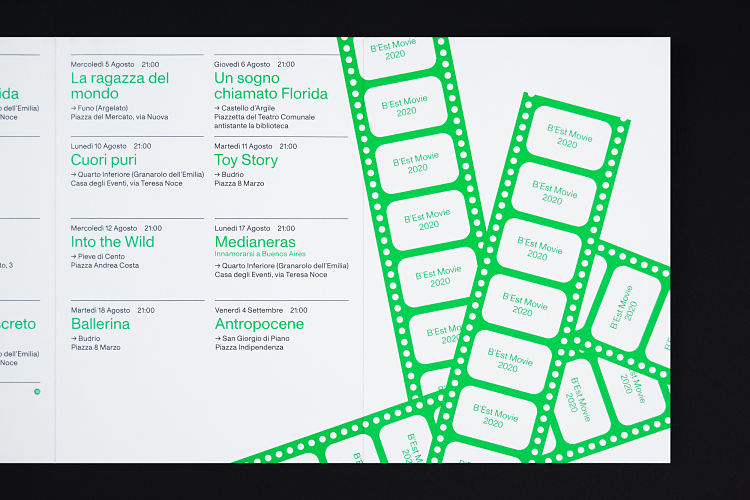
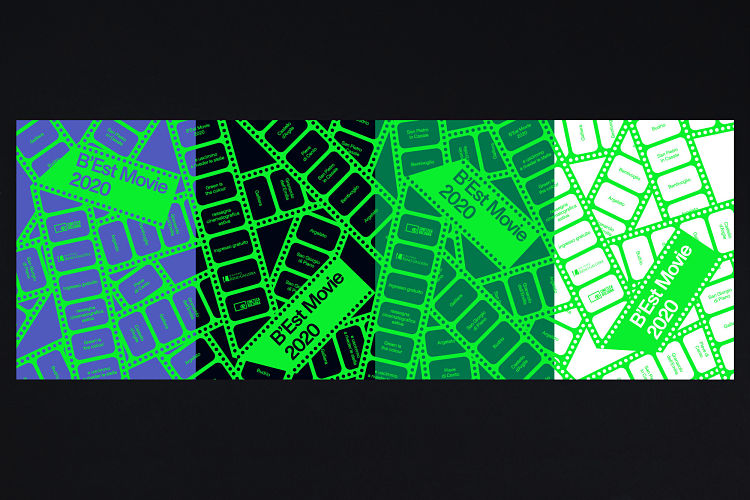 It sounds like things are all ticking along quite nicely, but the studio is the product of years of ups and downs. Having moved to London briefly to work with Spin/Unit Editions (“my dreamy place”, as Guccini calls the revered studio); he says that “ I totally failed due to my language gaps,” and has a fair bit of advice to offer recent grads. Broadly speaking, he urges people to “be curious and always stay up to date”. On a practical level, he warns against setting up shop straight out of uni. “You must gain some years of experience in studios or agencies to learn how it works in real life.
It sounds like things are all ticking along quite nicely, but the studio is the product of years of ups and downs. Having moved to London briefly to work with Spin/Unit Editions (“my dreamy place”, as Guccini calls the revered studio); he says that “ I totally failed due to my language gaps,” and has a fair bit of advice to offer recent grads. Broadly speaking, he urges people to “be curious and always stay up to date”. On a practical level, he warns against setting up shop straight out of uni. “You must gain some years of experience in studios or agencies to learn how it works in real life.
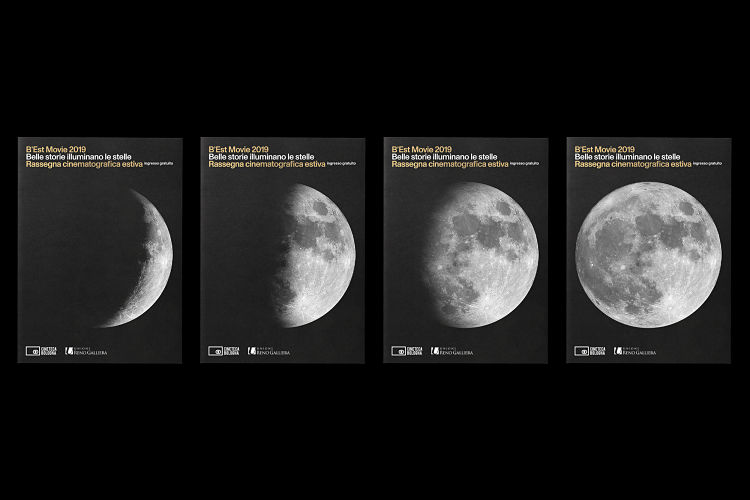
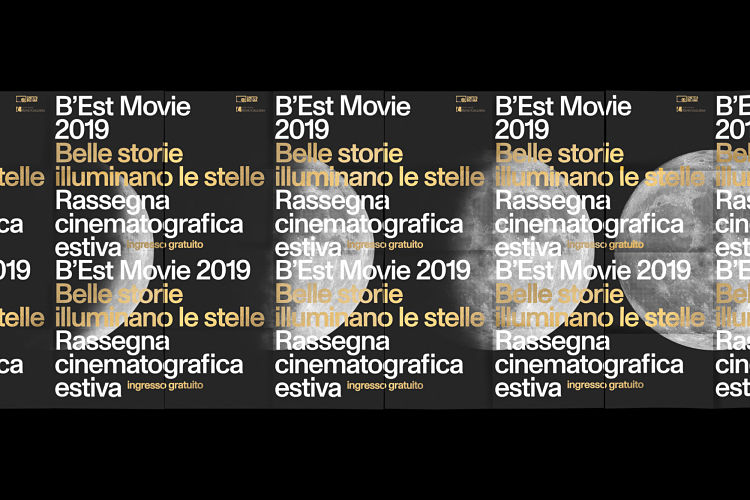 “If you think you’re good, don’t settle for job offers in places that don’t convince you, but don’t be too picky either. At the beginning I lost two or three very good clients just because they asked me for some normal reworks but I was too radical to accept it, so don’t make this mistake. Don’t work for free! Then set up an online portfolio, share your work on social media (the well done ones) and always remember to be kind.”
“If you think you’re good, don’t settle for job offers in places that don’t convince you, but don’t be too picky either. At the beginning I lost two or three very good clients just because they asked me for some normal reworks but I was too radical to accept it, so don’t make this mistake. Don’t work for free! Then set up an online portfolio, share your work on social media (the well done ones) and always remember to be kind.”
You might like...
- Autobahn - November 26, 2021
- Alphabetical - November 12, 2021
- SOFA Universe - November 8, 2021

